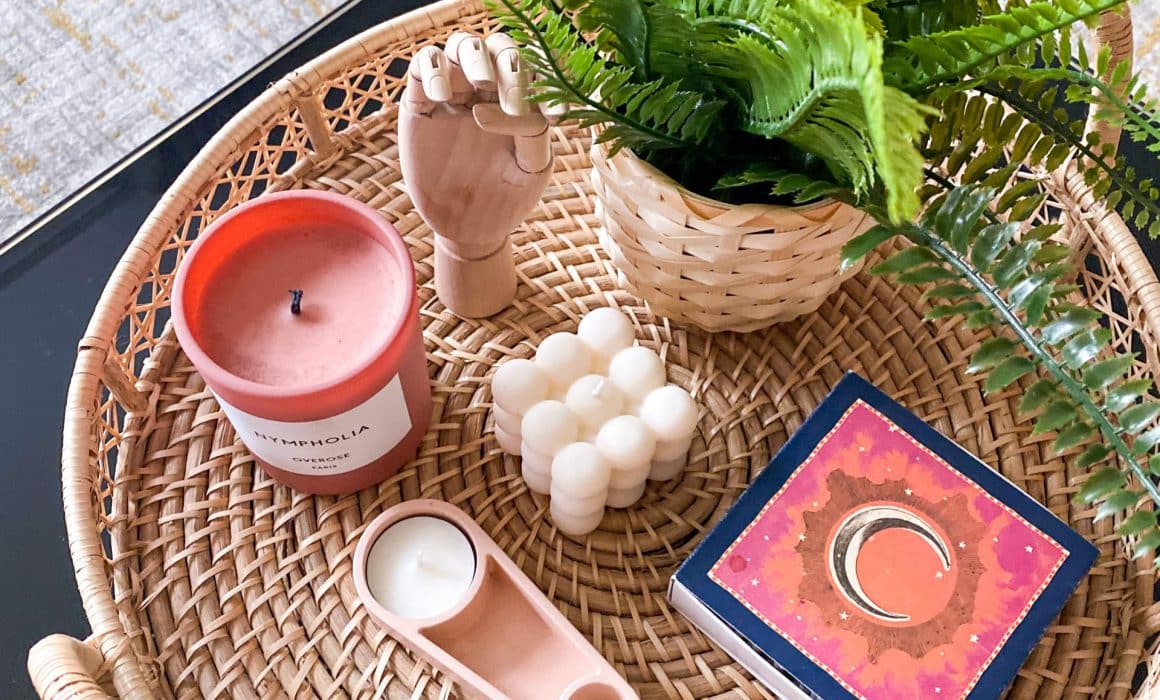Influencer Campaigns, Measuring ROI And Maximising Outcomes
The pandemic has accelerated influencer marketing across all sectors, as we collectively spend more time at home and on our phones. There has never been a greater opportunity to integrate influencers into existing PR and marketing strategies, particularly in the property industry where consumers are increasingly searching for interiors and aspirational homes online.
At Building Relations, we have delivered a number of successful campaigns in recent months, with even bigger plans for our clients’ influencer campaigns this year.
The world of influencers is still a relatively young industry, and a big question we are often asked is how our clients can measure ROI and ensure campaign outcomes are maximised. In fact, research from Influencer Intelligence has shown that 29% of those surveyed believe that influencer marketing is an intrinsic part of digital marketing ROI calculations.
So how do you accurately measure ROI and make sure you get the most out of your influencer campaigns?
Set clear objectives
As with any PR strategy, it’s important to set out clear objectives from the very beginning. What is it that you’re hoping to achieve through your influencer campaign? Is it brand awareness, or are you trying to increase sales for your business? You need to prioritise the outcomes for your campaign before deciding to put budget behind an influencer that may not align to your goals.
Macro vs micro influencers
The debate between macro and micro influencers is linked to what you want to achieve. Generally speaking, if your target audience is tied to a geographic location or demographic, then micro-influencers will be a better fit for your campaign as their followers are more likely to be relevant to your brand. If you do not have strict parameters for your target audience then macro influencers will allow you to reach a larger, broader audience.
Social media platforms
The success of your influencer campaign will hinge on your target audience engaging with the posts – so it’s important that your target audience will actually be on your platform of choice. The latest data from Statista shows that 67% of people ages 18-29 use Instagram – but this figure drops to 23% of people ages 50-64. Cross-platform influencers offer a great balance if you have a varied target audience, as they can tailor their content depending on the platform.
Sell the story
Influencer campaigns deliver the strongest results when the audience buys into the influencer’s story and believes in their authenticity. Our recent campaigns with client David Wilson Homes and interiors influencer Lydia Elder have generated a huge response online as the audience is engaged with Lydia’s real posts and honest reviews.
That’s not to say that only ‘real’ people can deliver real results – CGI influencers are on the rise, and typically deliver similar results whilst ROI is the same. The choice between real or virtual influencers is down to the brand’s preference and the audience you are trying to connect with.
Metrics and evaluating success
Measuring the success of an influencer campaign is tied to the objectives you set out at the beginning – you can only measure what you have set out to do. There are three key metrics to consider (in this order):
- Impact Metrics: What change came about as a direct result of the campaign?
- Intent Metrics: Did the audience express intent to take action? E.g. link clicks, swipe ups on a story, downloads
- Vanity Metrics: Core stats, such as likes, comments, shares which show engagement but do not reveal much about the intent of the audience
If you’re wondering how an influencer could support your brand, the team at Building Relations will be happy to discuss suitable influencers for your audience and budget. Please get in touch at pr@building-relations.co.uk


